'They said they’d shoot anyone who wanted to go to Russia': A look at Soledar, the town captured from Ukraine earlier this year

The liberation of Soledar has been one of the Russian Army’s biggest successes in 2023. Artillery battles in the Donbass town started in May of last year, but the eventual storming of the city happened quickly – having launched an offensive in January 2023, PMC Wagner fighters forced the Ukrainian Armed Forces (AFU) to retreat in less than a month.
However, Soledar is still far from ready for a return to peaceful life – the town is located on the front line and suffers constant attacks from the Ukrainian side. RT's special correspondent Arseniy Kotov traveled there recently to see how it was faring, despite being the epicenter of fierce battles a short while ago.
The road to Soledar
The route to Soledar lies through Pervomaisk, situated on the western outskirts of the Lugansk People's Republic. Ukraine lost control over this city in 2014. Since then, it has more or less returned to normal life with over 30,000 current residents, but locals are also accustomed to the war and regular shelling. Located about 60km (40 miles) from Soledar, I was met here by the security staff of PMC Wagner.
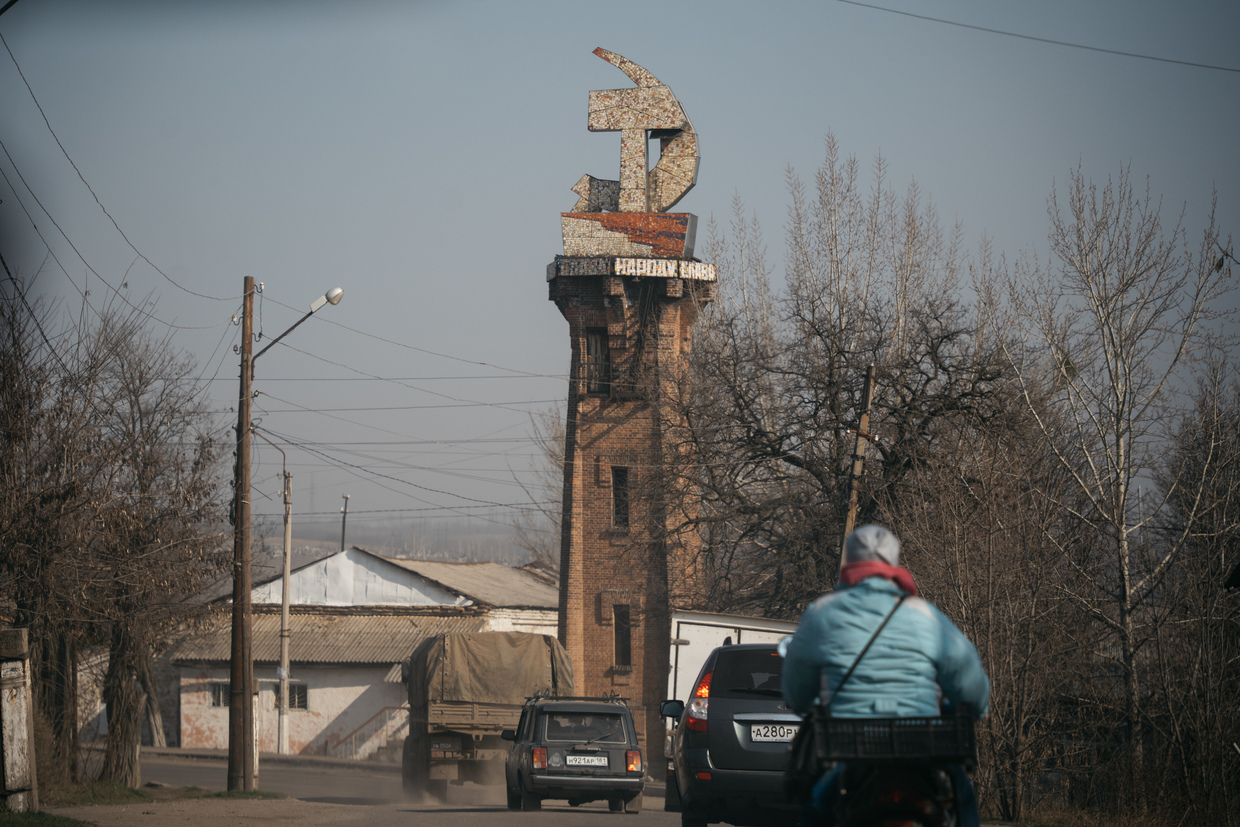
Although Pervomaisk also frequently suffers from Ukrainian strikes, it was the first stop on the road to safety for hundreds of refugees fleeing Soledar.

We drove on in a Wagner Group armored vehicle, moving past the post-apocalyptic landscapes of Popasnaya. This town – with a population of over 20,000 – was once in the immediate vicinity of the front line and was fortified by the AFU since 2014. However, by the beginning of 2022, only about four thousand residents remained, and over the past year, the vast majority of those also left.

The aftermath of the war is evident everywhere – not just in cities and towns, but even in the countryside. The roads are littered with the remains of tanks and military equipment, most of them left behind by the Ukrainian army.
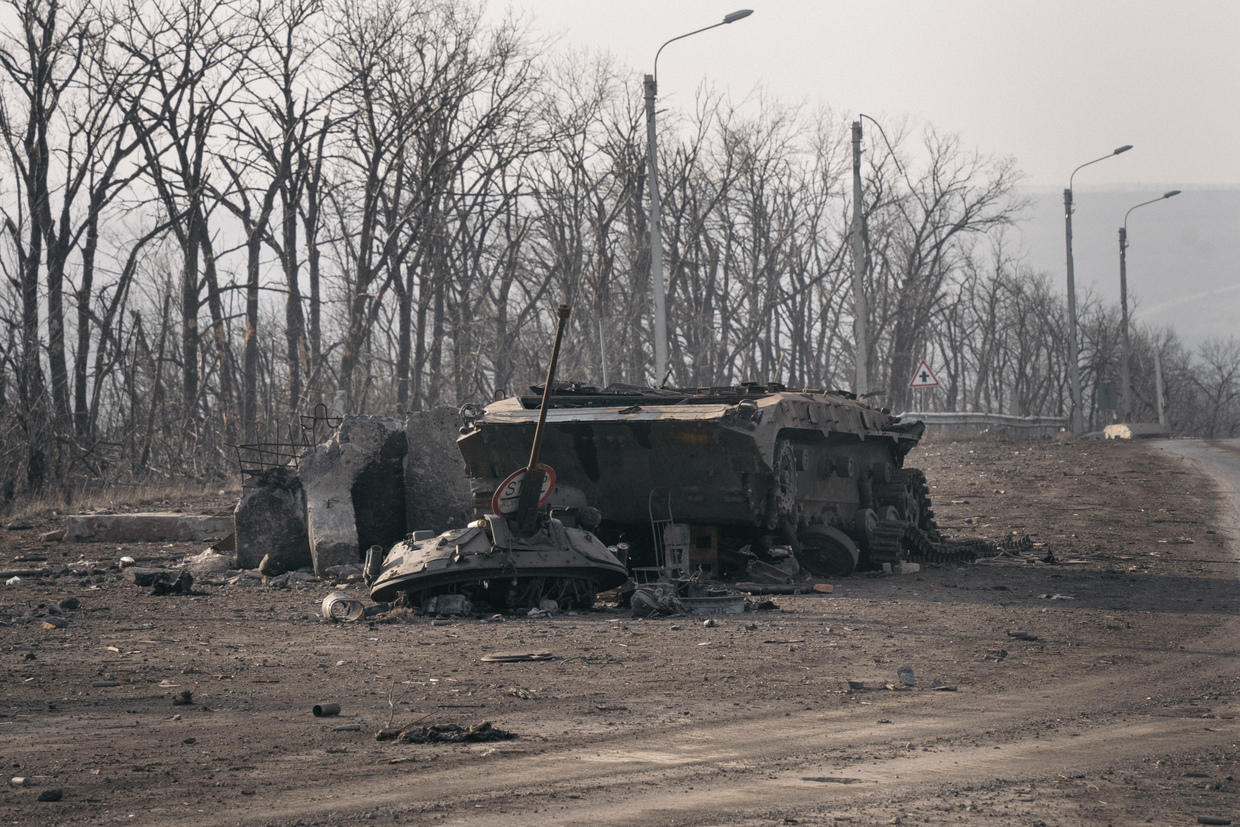
When we finally arrived, the destination looked just as bleak as the route. As the road made another turn, we got our first view of the residential districts of Soledar. AFU troops were positioned here for several months, but even after their retreat, the Ukrainians didn’t stop attacking the city’s residential neighborhoods.

At the entrance to the city, we immediately noticed an extensive network of trenches dug between the basements of apartment buildings. AFU troops used these basements as dugouts even as civilians continued living in some of the apartments above.

Ghost city
Today, practically no civilians remain in Soledar. Most people left last year. The few remaining residents waited for the Russian army to enter the city and were then evacuated to other parts of the country.

Locals had to muster all their courage to wait for the arrival of the soldiers. Even the deserted city shows evidence of the hostility towards the population. Some house walls and fences bear the inscription, “For traitors – suitcase, railway station, Russia.” This is one of the popular slogans that Ukrainian nationalists address to Russians in lands which previously belonged to Kiev.

One of the Wagner fighters told me: “When we entered Soledar, to our surprise, there were still many civilians left in the city. The Ukrainians offered to evacuate everyone, but only in one direction – to Ukraine. They said they’d shoot anyone in the back who wanted to go to [other parts of] Russia. So people waited for us in basements. We evacuated them by buses at night. During the day it was too dangerous to evacuate, because after retreating, the enemy attacked the city with doubled vengeance. Psychological help was provided to all evacuees, and they were given temporary accommodation in Pervomaisk and other cities of the Lugansk People’s Republic. Only two people refused to evacuate. They still live in this five-storey apartment building on the fourth floor.”
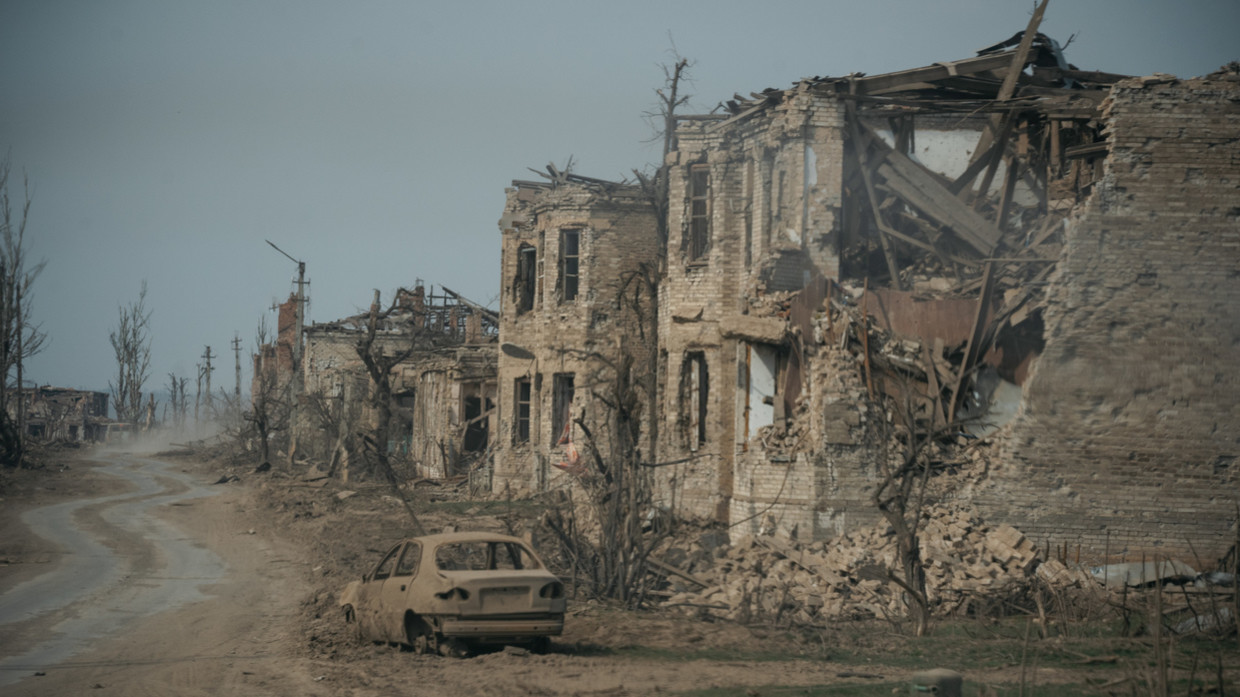
Soledar was never a large town. At the start of 2022, it only had a population of about 10,000.

Most of the recreation facilities in Soledar were built in Soviet times. The Solyanik stadium was opened in time for the 1980 Olympics in Moscow. The city also had culture facilities, sports, and music schools.

As in other formerly Ukrainian Donbass cities, there are practically no modern cars on the streets. Most of the vehicles are Soviet-designed Zhiguli models.

Many buildings and houses in the city have been damaged beyond repair, with small nearby villages suffering the same fate because the suburbs of Soledar were under artillery fire by both sides for six months.

Salt and war
Soledar is mainly known for its salt deposits. The mineral has been mined here since the end of the 19th century. Until 1991, it was named after the famous German socialist Karl Liebknecht. Most of the locals worked at the Artemsol salt mining complex – the largest deposit of its type in the former USSR and one of the biggest in Europe.

The salt reserves here are said to range from 13 to 16 billion tons. The city has been mining the substance since 1884 when Russian businessmen set up the first facility during tsarist rule. Over the intervening 120 years, 218 million tons of salt has been extracted.

It’s too early to talk about the restoration of the salt enterprise. The neighborhood where it is located has been ruined. Military helicopters fly over the city, and battles for Artyomovsk (Bakhmut) rage only a dozen kilometers away. Artillery thunders overhead around the clock.
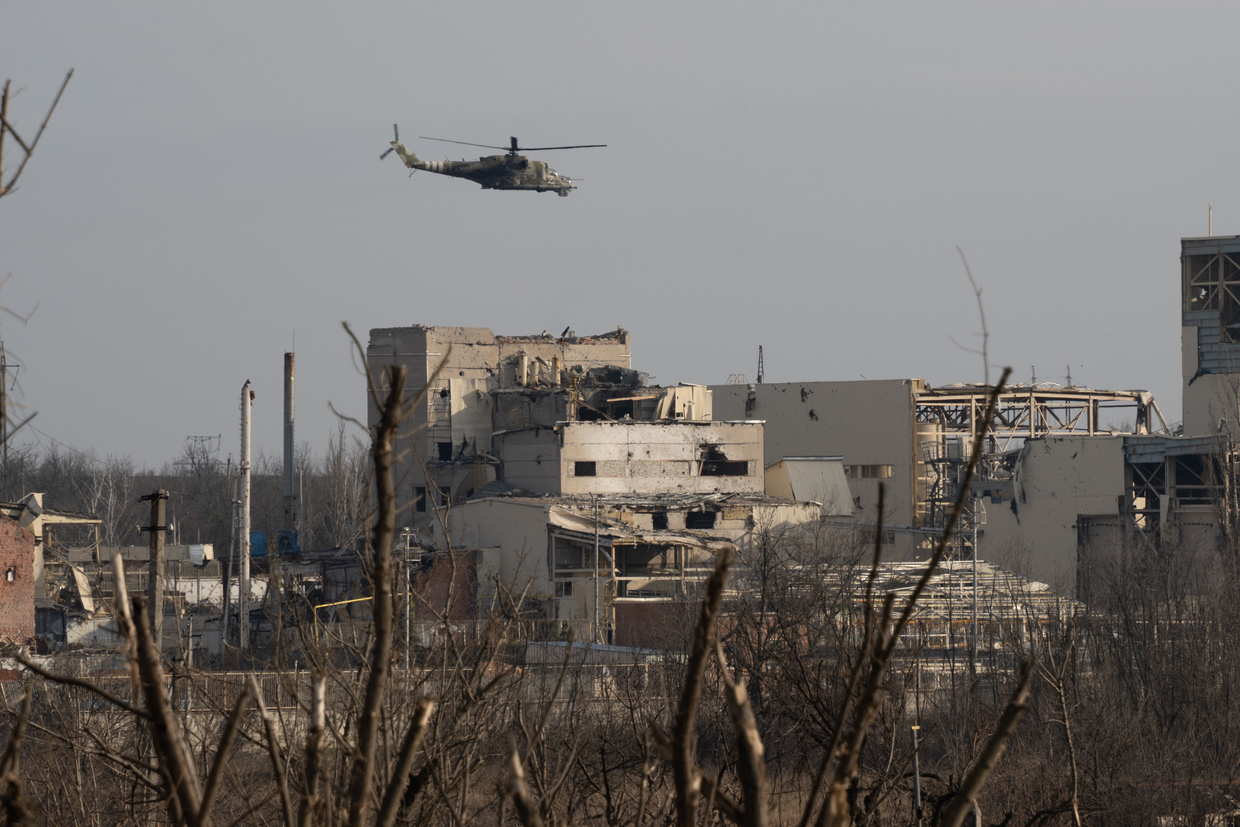
Life in Soledar is no longer about salt extraction, but rather about combat. The front line runs just 5km from the Sol railway station, which has been under Russian control since January 13.

The town that once thrived on mining salt has turned into a giant minefield. The ground is littered with shells, rockets, and bombs, and is ravaged by craters from explosions.

During battles for control, Ukrainian artillery units were positioned near the sports school. Soldiers randomly threw spent cartridges under the dense fir tree branches.

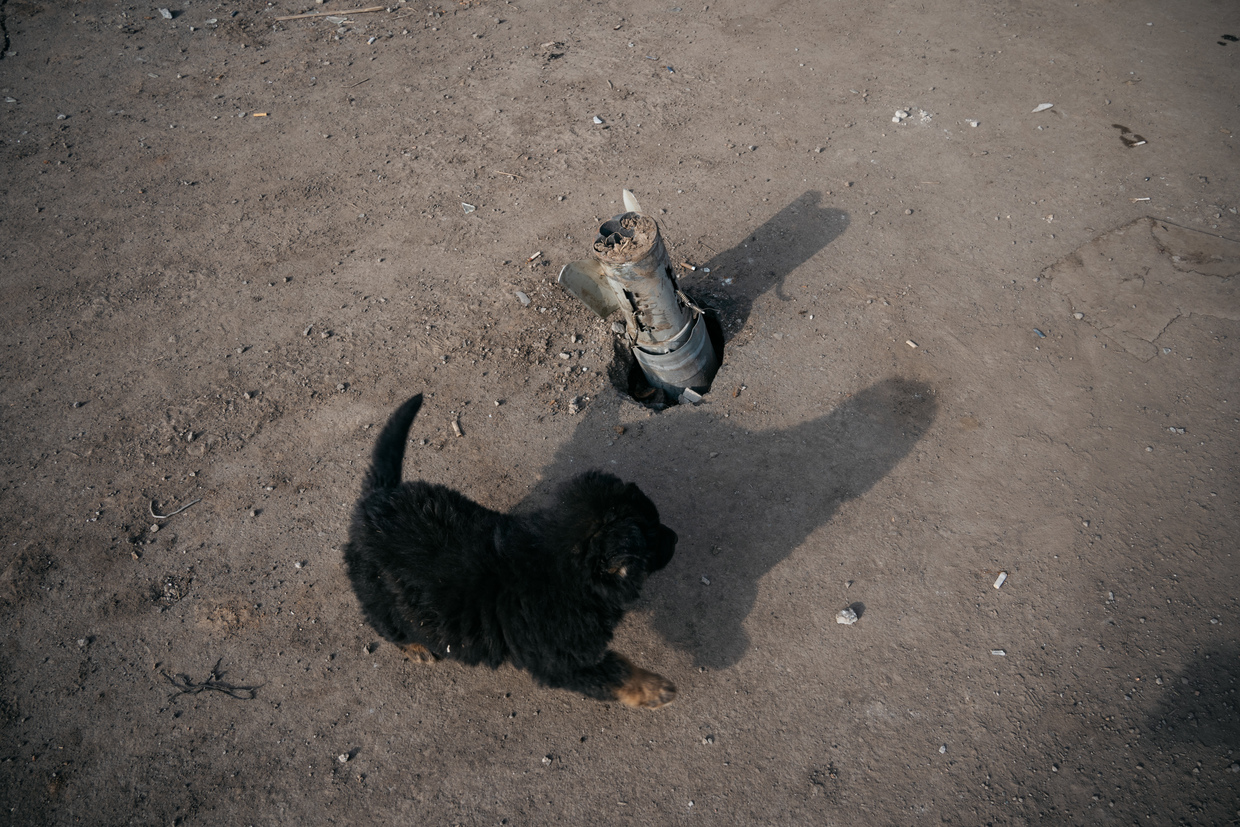
Russian troops are working on the landmine issue. So far, sappers have cleared all the main roads, but should you take a step to the side, you’ll see many unexploded mines. Carefully looking where you’re going is essential here.

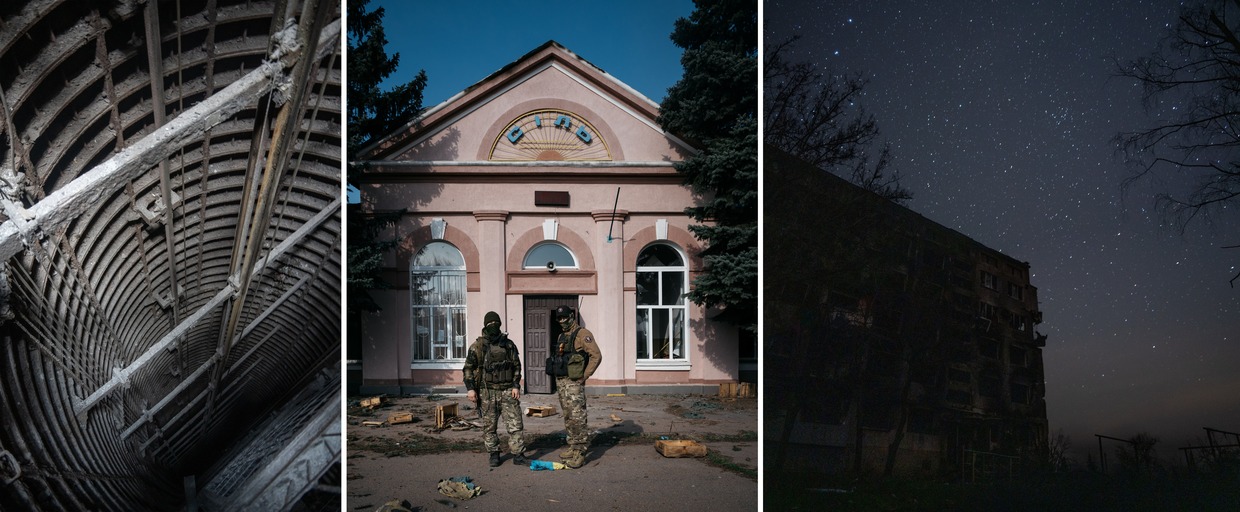
The story of one church
Just like in other cities in the eastern part of Ukraine, no new buildings have been constructed in Soledar since 2014. Fearing a risky environment, investors and construction companies avoided working in these areas. Among the city’s Soviet-era architecture, the Holy Transfiguration Church was the only new structure.

This church was built with the help of donations from parishioners and local businesses. Its construction began in 2007. Despite the raging conflict and departure of many parishioners, work continued. In 2015, in the middle of the war, the dome of the new church was put up.

“As we approached, Ukrainians saw that they had no chance of retaining control over the city. When they retreated, they fired from whatever they had at hand. They didn’t care about churches, cultural monuments, and other heritage,” said one of the fighters who took part in storming Soledar.

The walls of the church are torn by shells. The iconostasis was destroyed in an explosion, but most of the icons survived and only some were damaged by shrapnel.
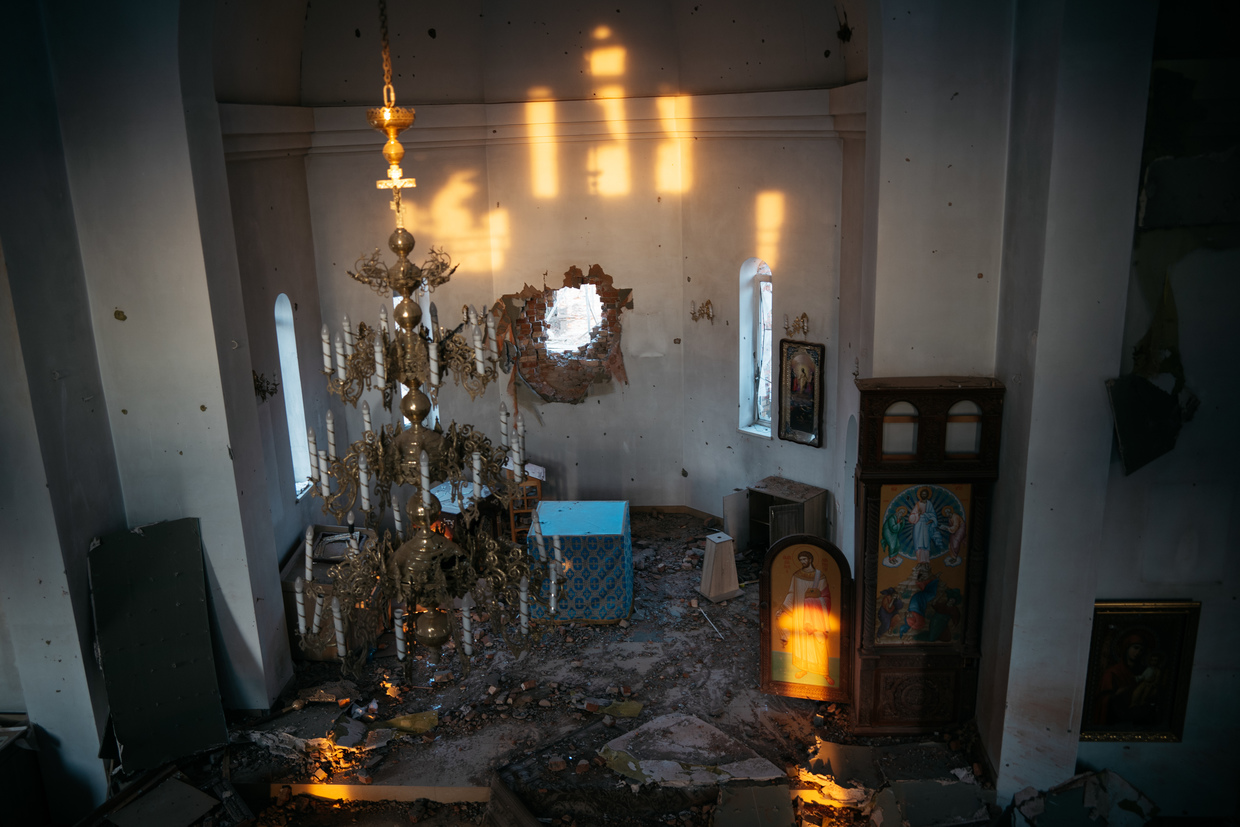
Most of the soldiers I talked to are believers and treat Christian Orthodox shrines with reverence. But due to the damage inflicted, church services and prayers cannot be held at the moment. Reconstruction is currently out of the question since the front line is too close and the AFU regularly attacks the city.

The city’s new inhabitants
I was shown around Soledar by an officer who formerly served in the Russian Armed Forces.
“We are here to defend our homeland, and we do the job at any cost, we never retreat from our positions. We captured the city and cleared it in just nine days. And then we continued on to Proskoveyevka, Blagodatnoye, and went along the way that connects Kramatorsk and Bakhmut...”
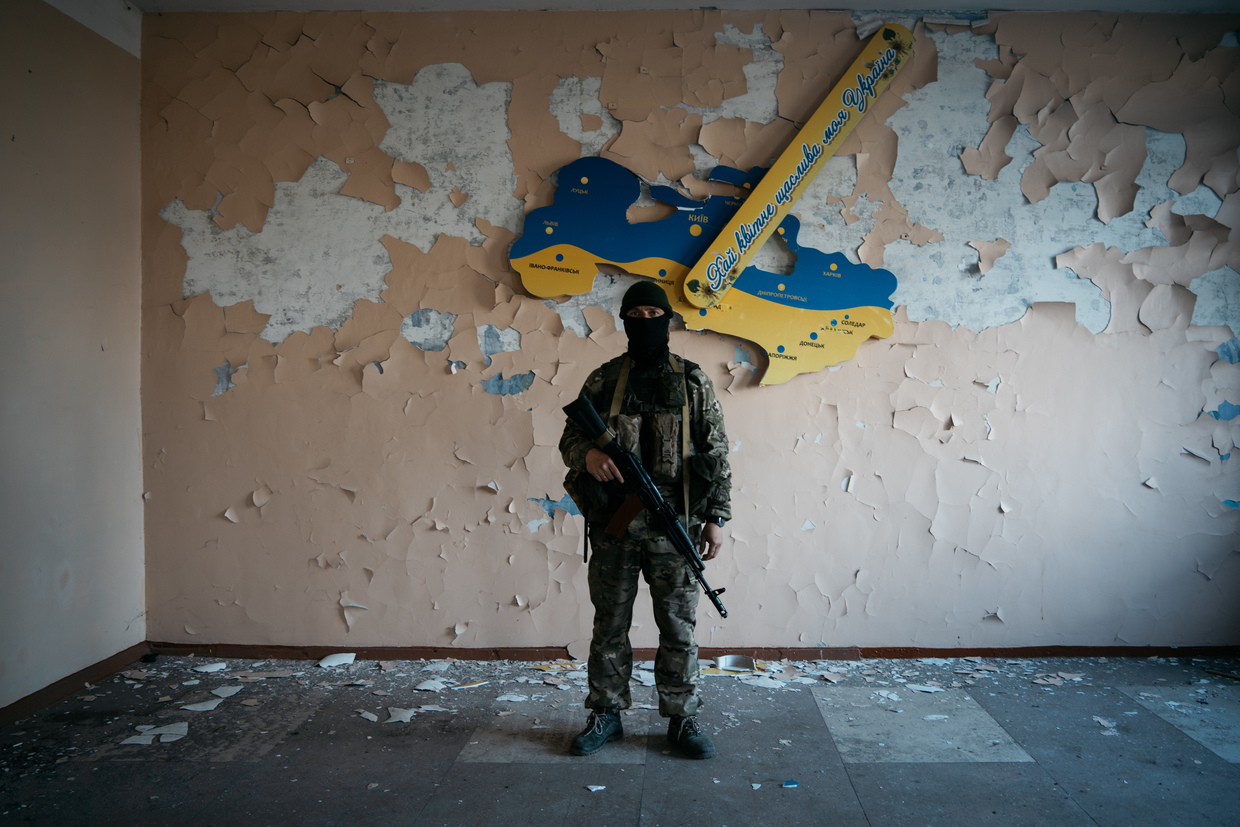
Another fighter, Sasha from Yekaterinburg, told me that he is a former prisoner who volunteered to join PMC Wagner in order to earn preliminary release through service to his country.
“I was convicted under the article ‘posing a threat to life’ and had six more years in jail. I had a fight with my girlfriend, got angry, yelled at her, and she took the matter to the police. It was a repeated offense so they didn't really look into the matter. I served two out of eight years and joined the Wagner Group. I got lucky with the job, I work at the military headquarters. So I have a good chance of returning home safely in a couple of weeks and starting a new life after the war. I plan to rest for a month, and then come back here. We’re all friends here, I don't want to leave the guys alone, and the work is interesting,” he said.

Soledar has turned into a kind of military base for Wagner PMCs. Here, the fighters test seized weapons and recharge before new battles. Going to the outskirts of the city in the company of several servicemen, I watched them test the UAR-10 semi-automatic sniper rifle developed by the Ukrainian company Ukrop as a modification of the American Z-10 civilian rifle.

The training didn't last long. After firing several clips from an AK-74 rifle and testing out some Ukrainian weapons, the fighters received a message and hurried to continue their work.

In addition to small arms, Wagner fighters also seized Ukrainian armored vehicles as war trophies. For example, the M113 is an American-made armored personnel carrier in use since 1960.


I photographed one of the fighters at the entrance to the Soviet-era Park of Culture and Recreation in Soledar. He stands at the stela with the inscription Recreation, which in Russian also means ‘rest’ and can be read as “Give me rest.” After a six-month contract, many fighters dream of a trip home to get some rest.

It is still too early to discuss a return to peaceful life in Soledar, but local authorities are already developing plans for restoring the city. According to the acting head of the Donetsk People's Republic, Denis Pushilin, Soledar will be rebuilt in a totally new way and its largest enterprise, Artemsol, will resume operation. All this will be possible as soon as the front line is moved further away from the city.














